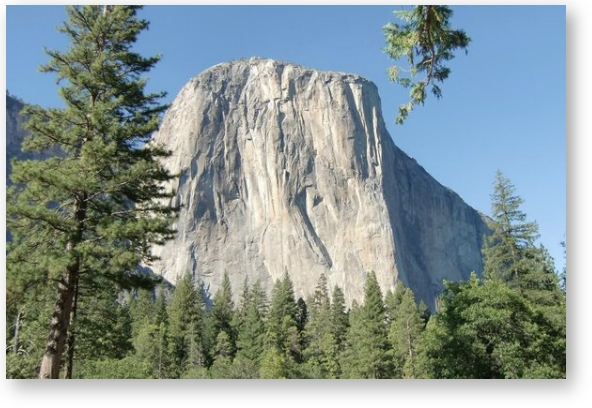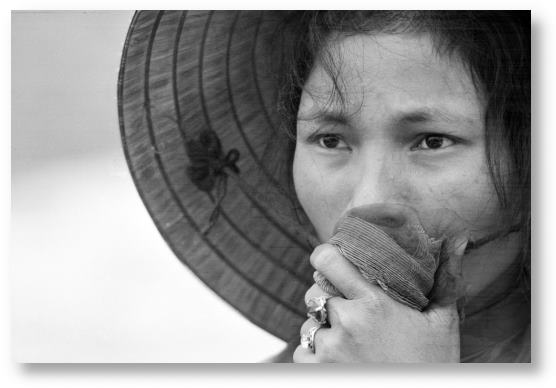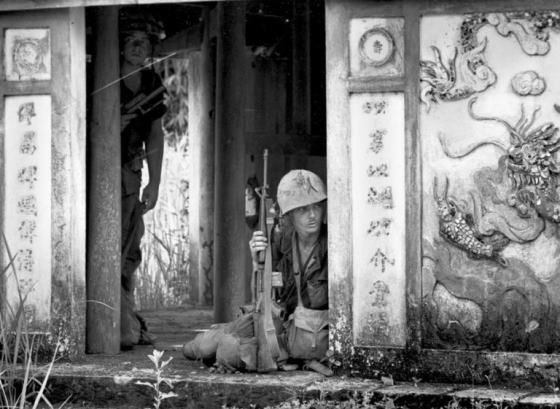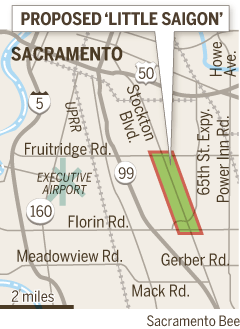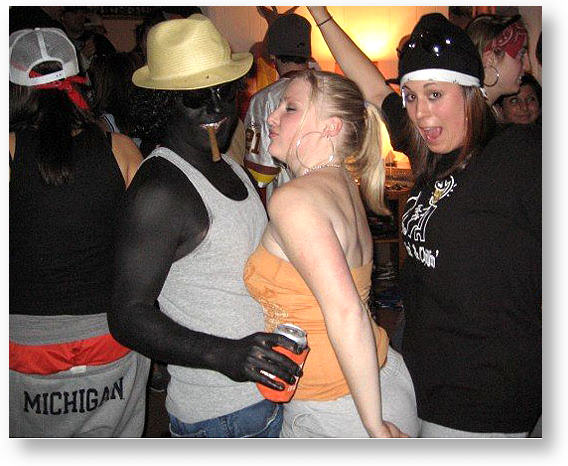Social scientists know that one institution of American life that is crucial to either alleviating or perpetuating inequalities is our education system. With that in mind, I would like to highlight a few recent news stories, articles, and announcements that include positive news as they relate to Asian Americans and higher education. With each step that the Asian American community (and other racial/ethnic communities as well) takes, hopefully it represents another positive development in reducing social inequalities for all Americans.
Wallace Loh Named New President of Univ. of Maryland
I would like to offer my congratulations to Dr. Wallace Loh on being named the new President of the University of Maryland (home of one of the best Asian American Studies Programs in the country, headed by my friend and colleague Larry Shinagawa).
Dr. Loh and his family left China in 1961 to escape communist oppression, first immigrating to Peru (Dr. Loh is also fluent in Spanish) and then coming to the U.S. for college. He completed his Bachelor’s degree from Grinnell College in Iowa in Psychology (take note of that young Asian Americans — he is not an engineer or physical scientist), a Master’s from Cornell, a Ph.D. in Psychology from the University of Michigan, and finally a law degree at Yale. He was also Dean of the University of Washington’s law school (where he was also a close advisor to then-Governor Gary Locke) and most recently, Provost at the University of Iowa.
As you can see, Dr. Loh is extremely accomplished and as an Asian American in higher education, I am thrilled to see another Asian American attaining the Presidency of a major university. I wish Dr. Loh the best success in his new position.
Special Issue on Asian American and Pacific Islander Higher Education
The academic journal AAPI Nexus (2010, Volume 7, Number 1 and published by UCLA’s Asian American Studies Center) has just released its second issue of a three part education series, focusing on Higher Education, guest edited by Mitchell J. Chang (UCLA) and Peter Nien-chu Kiang (University of Massachusetts Boston). Below is a listing of the articles included in the issue:
- Ling-chi Wang: Establishing a Chinatown campus of the City College of San Francisco
- Rick Wagoner and Anthony Lin: Southeast Asian American community college students who transfer to four-year institutions
- Jillian Liesemeyer: Historical comparison of exclusionary quotas against Jewish and Asian American college students
- Oiyan Poon: Recent policy changes in eligibility of admissions in the University of California system
- Julie Park and Mitchell Chang: Improving the future influence of AAPI communities on educational matters
While I have yet to read the articles in this issue, from their descriptions it looks like they each tell a story in which Asian Americans — individually and collectively — have faced and continue to face various challenges when it comes to achieving educational access and success. In their own ways, each article seems to highlight ways in which Asian Americans have worked individually and collectively to confront those barriers and in the process, they have not only empowered themselves but others around them to work toward greater inclusion.
Not Just Scientists & Engineers: Asian American College Students Diversify Their Majors
International Business Times reports that Asian American college students are increasingly turning to other fields of study and majors, rather than the more stereotypical ones of physical sciences, technology, engineering, and mathematics:
Larry Shinagawa, director of the Asian American Studies Program at the University of Maryland, said that . . . First-generation immigrant Asians typically pursue STEM careers — fields that are secure, prestigious, pay well, and have low barriers to entry. He added that two generations ago, Asian Americans (even those born and raised in the U.S.) also largely pursued stereotypical STEM careers.
However, Asian Americans (second-, third-, or fourth-generation) have recently begun to defy the STEM stereotype. Now, a greater number of them study humanities and social sciences versus STEM disciplines. And after completing their studies, an increasing number of them are entering into law and business.
Shinagawa said that many Asian Americans feel more “Americanized” and believe they have a broader range of occupational choices. As to why they choose business and law specifically, he explained that many Asian Americans do not feel they can compete with immigrant Asians in STEM fields, so they opt for law and business, which offer the same or better pay and prestige compared to STEM jobs.
As I’ve always said, there’s nothing wrong with becoming a scientist, engineer, mathematician, etc. if that’s what you truly enjoy doing. But if it’s mainly the parents who are pushing their children towards these occupations, that’s a recipe for future alienation and resentment. For Asian American college students in that position, you owe to yourself to have an honest talk with your parents about what you want to do for the rest of your life.
Further, as diverse as the Asian American population is, so too should be our occupational distributions. We need Asian Americans as doctors, scientists, engineers — and also as musicians, authors, professors, corporate executives, journalists, actors, etc. The take home message is: do not limit yourself.
Frank Wu Named New Dean of Univ. of California Hastings Law School
I also offer a belated congratulations to Frank Wu, renowned civil rights scholar and activist, for being named as the new Dean of the Law School at the University of California, Hastings:
Wu, a Michigan native, has said he changed his career plans from architecture to law as a teenager in response to the racially motivated murder of a young Chinese American man in Detroit in 1982 (Vincent Chin).
He first practiced law with a San Francisco firm and later taught at Columbia, the University of Michigan and Stanford. He became the nation’s youngest law school dean at Wayne State University in Detroit in 2004 and served until mid-2008.
Wu was chairman of the Washington, D.C., Human Rights Council in 2001-02. He is the author of the 2003 book Yellow: Race in America Beyond Black and White, and was a co-author of the 2001 textbook Race, Rights and Reparation: Law and the Japanese American Internment.
As with the cases of Wallace Loh (mentioned above), Jim Young Kim at Dartmouth, and other accomplished Asian American leaders in higher education, it is very gratifying to see Asian Americans in these positions of leadership. With these accomplishments, Asian Americans continue to demonstrate that, contrary to some stereotypes, we can be excellent leaders in helping the U.S. succeed in the age of globalization and transnationalism.
Chinese College Students Flocking to U.S. Campuses
USA Today reports that several colleges and universities around the country have seen a recent surge in students from China enrolling on their campuses:
Last year alone, 98,510 Chinese graduate and undergraduate students poured into U.S. colleges and universities, lured by China’s emphasis on academic achievement and the prestige of U.S. higher education.
China is second only to India when graduate students and undergrads are counted. But undergraduates are the newer phenomenon. Nationally, an 11% growth in undergrad enrollments last year was driven largely by a 60% increase from China, a report by the Institute of International Education says. Grad student enrollments were up 2%. . . .
The increase also reflects a “strong dialogue” between the two countries, says U.S. State Department deputy assistant secretary Alina Romanowski. She says the recent growth can’t be pinned to specific changes in visa policy, but some U.S. college officials say they detect a friendlier attitude among U.S. embassies and consulates, which review visa applications. One key question for any country is whether visa-seeking students can prove they will return to their home country upon graduating from a U.S. college.
“Because the Chinese economy has improved, students feel there are opportunities there waiting for them,” says Gretchen Olson, director of international programs at Drake University in Des Moines, where there are 28 undergraduates from China this fall, up from one in 2003.
Overall, I agree that these increases in “academic exchange” (the proliferation of Confucius Institutes around the U.S. are another example) are a positive development in terms of fostering more interaction between Chinese and Americans, which according to the “contact hypothesis” should by itself result in more understanding and tolerance between two groups, which the USA Today article discusses.
However, Chinese educational and government authorities, along with Chinese students who come to U.S. colleges, should remember that they need to conform to American norms and expectations in regard to things like who gets to determine curriculum (in China, the government does — in the U.S., the colleges, departments, and faculty do) and lax standards when it comes to academic dishonesty.
Overall, each of these recent news items represent a positive step forward for Asian Americans and all of American society in general. The next steps of course, are to keep the momentum going and to ensure that all racial/ethnic groups are also included in what will hopefully be a rising tide of greater empowerment and achievement as we move forward.

